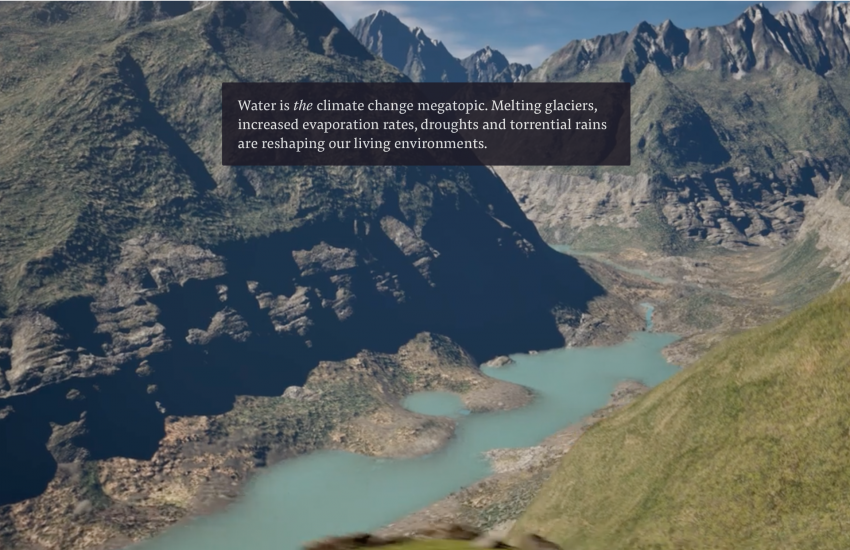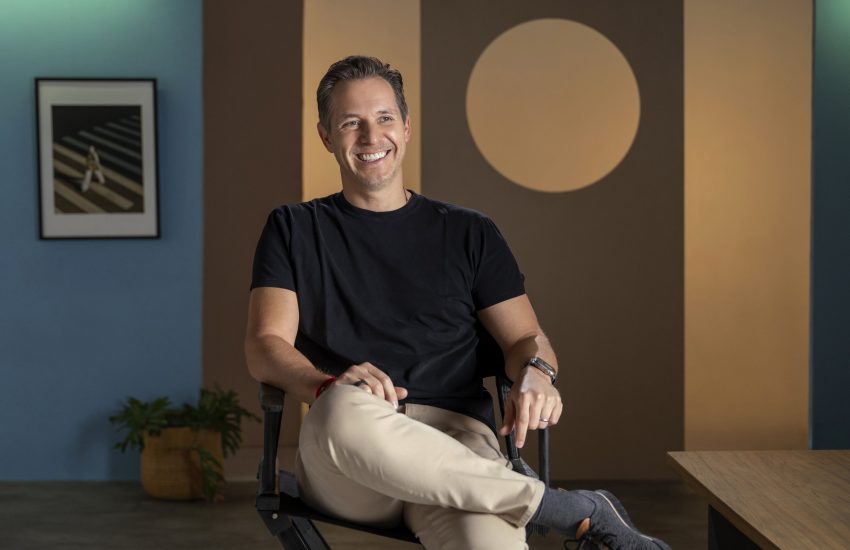“If No One Documents This, How Will People Know?” Behind the Scenes Covering ICE with Photojournalist Stephanie Keith
Freelance photojournalist Stephanie Keith has spent the past several months documenting the arrests and detentions carried out by ICE at 26 Federal Plaza, a little-known federal office building in Lower Manhattan where many immigration hearings take place.
After Donald Trump’s inauguration, Keith anticipated that immigration enforcement would intensify and that ICE’s expanding reach would become one of the defining stories of the moment. Determined to cover it, she began showing up at the building’s hallways, camera in hand, to capture what usually happens out of public view — quiet, devastating moments of families being separated or detained.
Working without an assignment, Keith has treated the project as both journalism and moral responsibility: a way to make visible what she calls “the human cost” of U.S. immigration policy and to alert the public to what she sees as the country’s slide toward authoritarianism.
We spoke with Keith about her path into photojournalism, what it’s like to document ICE operations from inside 26 Federal Plaza, and how she continues to navigate the emotional and ethical complexities of this work.
Why photography? Tell me a little bit about your path into this work.
I never took any photography classes in college. I wish I had, but I didn’t — I studied painting instead. I came to photography later in my life; I was around 30.
In my mid- to late-20s, I moved to Egypt for a year with a friend. I was a painter at the time but painting meant being in a studio, and I just wanted to be out experiencing things. I remember thinking, ‘I wish I had a camera to record what I’m seeing.’ Every day felt like an adventure.
As a freelance photographer, what brought you to 26 Federal Plaza? How did you end up covering ICE?
I’ve covered a lot of contemporary issues, and to me the biggest issue affecting people on the ground was ICE. Right after Trump was elected, I thought, ‘I want to cover this, but how?’
I tried to track ICE activity through apps and Twitter, sitting in my car waiting for something to happen but I never saw them. Then there was a protest outside an ICE facility in May. People said arrests were happening inside, and that’s when friends of mine (other journalists) figured out that we could actually go into federal buildings.
I’d assumed cameras weren’t allowed, but it turns out most of the building is public space, except for certain courtroom areas. So I went in, and there they were: ICE agents doing their work right in front of me. It stopped being abstract. That became my focus through the summer — July, August, September.
You noted that these detentions are happening on a much less regular basis now in the halls of Federal Plaza. Do you think that’s because of the work you are doing?
Not because of me personally, but the coverage in general, yes. In addition to freelancers like me, you have AP, Reuters, Getty photographers there. Major outlets are publishing these images widely. That visibility definitely affected awareness.
What was the reaction early on from ICE officers and federal employees to your presence?
They’re not thrilled to have photographers there. Some court clerks get upset if we photograph them, so we learned to avoid shooting court staff. It’s an uneasy truce.
What about interactions with undocumented people coming through?
When immigrants arrive and see all these cameras and ICE agents, it’s overwhelming. They don’t know our intentions, and for them, they’re at their first asylum hearing — it’s an incredibly important day.
We don’t talk to them inside the waiting areas, since cameras aren’t allowed there. Usually, we only interact when they come out, sometimes just seconds before they’re detained.
We generally don’t photograph those who aren’t detained, to avoid compromising them. But when detentions are emotional, like family separations, we try to follow up outside, connect them with lawyers or advocates, sometimes through a local pastor who helps. We try to help however we can.
Has that been emotionally complicated for you?
It’s definitely hard, but I feel it’s important work. This is the human cost of political directives and the public needs to see it.
Sometimes it’s deeply sad, but I won’t look away. Photographing it feels like an act of respect, bearing witness to what they’re going through.
We sometimes clash with court observers who tell us not to photograph and I think that’s pretty harmful. If no one documents this, how will people know what’s happening?
Is there a particular story or moment that stands out as shaping this experience for you?
Yes. Detentions are usually quick and chaotic and all of the press are rushing to get the shot. At one point, I decided to step away from that frenzy. I noticed an older man being quietly detained.
He handed his partner the cash from his pocket, then took off his wedding ring and gave it to her. She was crying silently. It was intimate and devastating. That moment changed my approach, I started focusing more on quiet stories, on emotion rather than spectacle.
Did being a freelancer give you more freedom to do that?
Yes. When you’re not on assignment, you can follow your instincts. Editors want compelling images, but freelancing lets you pursue the subtler ones that matter to you.
Do you know where you want to go from here?
The courthouse feels kind of done, [there have been] fewer detentions. I still think it’s important to document what happens, but I’m looking for another way to tell this story.
I’m talking with a writer about possibly doing a documentary. I’m not sure yet. But I want to stay on this issue — it’s one of the most important ones right now. You can see, in real time, our country’s slide into anti-immigrant, authoritarian behavior.
So yes, I’ll keep documenting it — maybe out in the streets next, when ICE ramps up operations again.
Do you think about secondhand or witness trauma, what you take on from being so close to these intense moments in people’s lives? How does it affect you emotionally to witness all this?
I’m not really sure how it affects me, exactly. But honestly, it feels like it puts a dark cloud over my life. I feel terrible for the people I photograph — what they’re going through stays with me. And when I walk around and see other immigrants, I feel like I can see more fear in their faces than before. It just makes me really sad for the future of this country.





